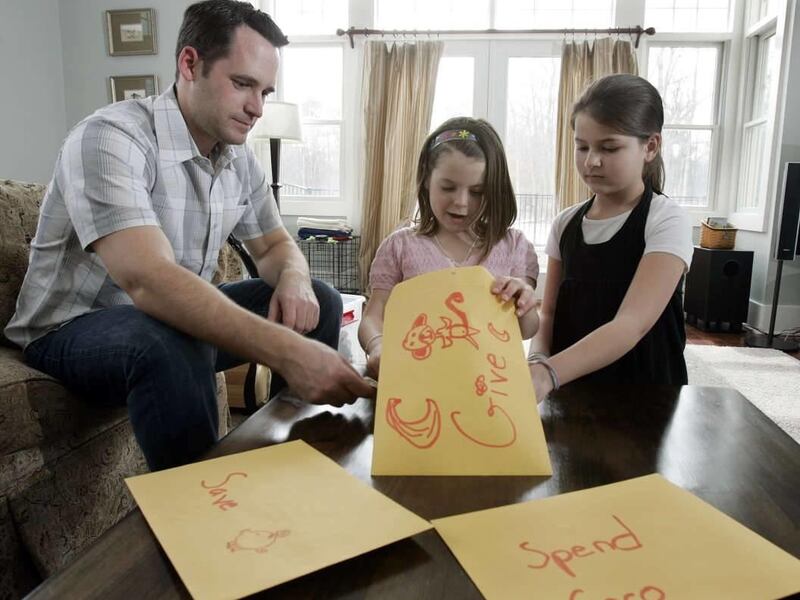Writer Tessa Miller believes personal finance is based on one metric she refers to as the “gap,” according to her article in Lifehacker.
The “gap” is the percentage of income that is put into savings. There are steps to take to create a healthy gap, Miller says.
Finding out how much money is earned in one year is the first step. It can be gross or net income, but use the same one for each calculation. After yearly income is counted, figure out how much was saved in the past year. This information can be found on bank statements.
The amount saved should be divided by the amount earned and multiplied by 100. This shows the percent that was saved in the past year.
No matter the income level, the percent being saved reflects how well someone is doing financially. Increasing the “gap” increases financial wellness, Miller wrote.
EMAIL: alovell@deseretnews.com


